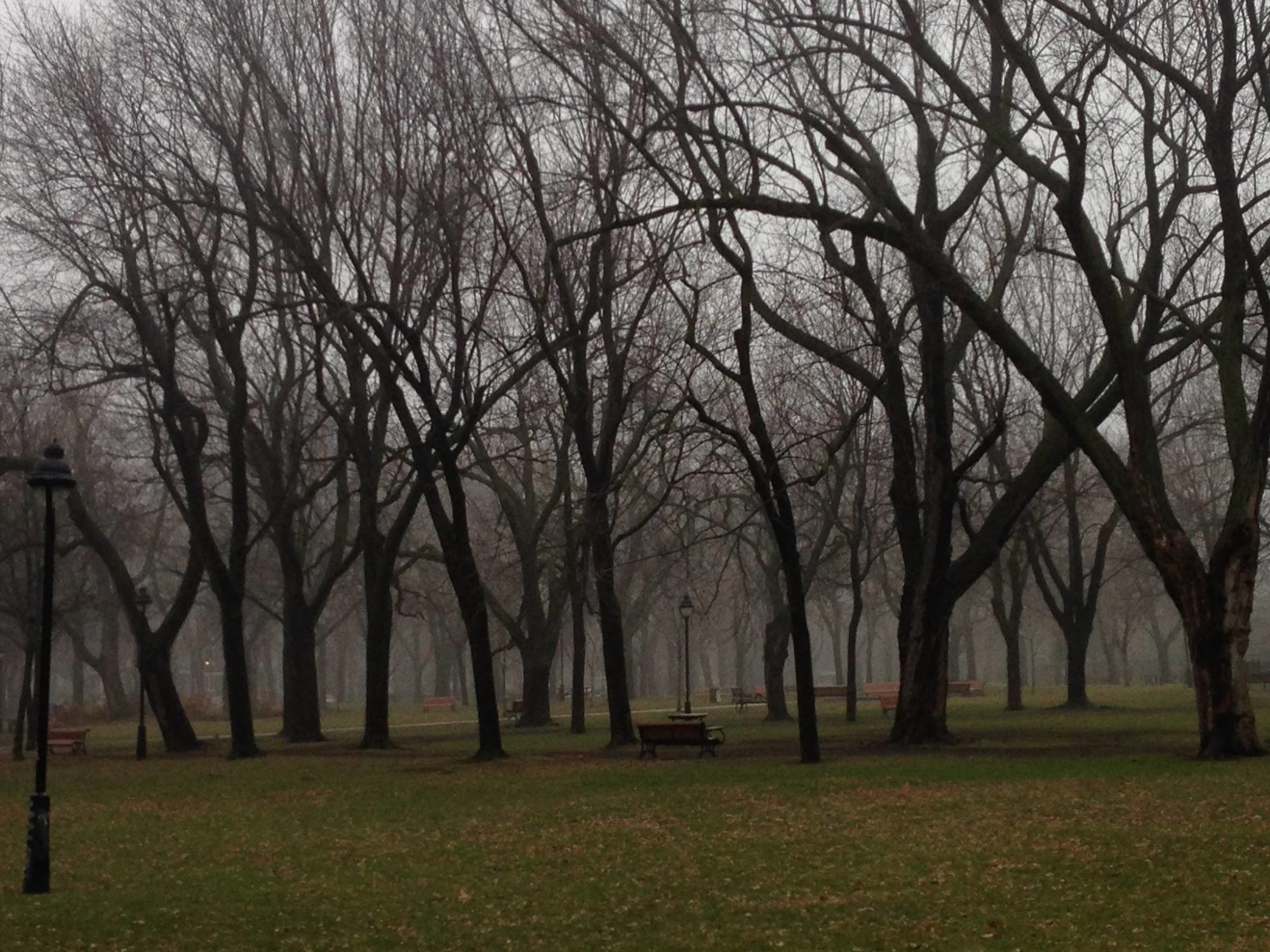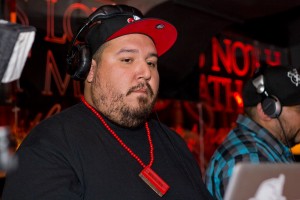Breaking Down Stereotypes and Raising Awareness
The Native Women’s Shelter of Montreal, in partnership with the Canadian Aboriginal AIDS Network, presented their aboriginal awareness week event last week in Montreal on December 2nd. Emcee’d by Harvey Michel, it brought First Nations together to help support change in aboriginal communities in regards to AIDS. Unfortunately, AIDS is still a four letter word in most First Nations communities. Nakuset, the Executive Director of the Native Women’s Shelter of Montreal, spoke about how little is being done for aboriginal women in regards to AIDS in Montreal, and how important it was to have this particular event to draw attention to the lack of services native women receive in this city.
Naturally, change starts with attitude towards a disease that is seriously on the rise in First Nations communities. Aboriginal people in Canada continue to be over-represented in HIV/ AIDS epidemics. The 2010 EPI Update from the Public Health Agency of Canada reports that 4,000 to 6,100 First Nations, Inuit and Metis are living with HIV, including AIDS.
The theme for Aboriginal AIDS Awareness week this year was a focus on community. National Chief Sean A-in-chut Atleo commented on the role we all have to play in responding to HIV/AIDS. “Everyone has a part in creating change. The fact that you are gathered here today demonstrates your commitment to addressing how HIV and AIDS are unfolding in First Nations, Inuit and Metis communities. You are leaders in your own right.â€
Many of the speakers on Friday shared a common message: the situation is getting very, very serious, especially for Aboriginal women. Part of the message was defeating the myth of AIDS as just a gay disease. A big issue of the spread of AIDS is drugs, and how rampant drugs have become in our communities. Also part of the message was the need to get beyond condoms and work on self-healing. The rise in AIDS can be linked back to residential schools, due to the lack of sexual education and the fracturing of the family structures that happened on many First Nations reserves. There are also links to Native youth depression and self-esteem, which have been a factor in the increase of AIDS. Fiona Cook of the Native Women’s Association of Canada had this to add:
“People are scared in the communities[…] there was better work 25 years ago than there is today, which increases the importance of friendship centres. Old myths die hardâ€! Cook went on to talk about the need for resources and proper investment in First Nations communities. “We cannot combat AIDS if we don’t have the resources.â€
One of the most powerful presentations of the morning was from Visioning Health: Arts and Positive Aboriginal Women (PAW). Doris Peltier talked about her battle with sexual assault and how she became an activist:
“The essence of who we are is beautiful.†Peltier went on to speak about the display of HIV Positive Aboriginal Women’s artwork from all across Canada, proving that being Positive isn’t a death sentence. There is life after becoming Positive.
Former Liberal MP Marlene Jennings talked about the importance and much-needed work in both Native and non-Native communities to combat AIDS, and like Chief Atleo, Minister of Health Leona Aglukkaq sent a message talking about how pleased she was to mark the 23rd World AIDS Day and the start of Aborignal AIDS Awareness Week in Canada:
“The Government of Canada recognizes that Aboriginal people are over-represented in the HIV/ AIDS epidemic. We are committed to keep working with aboriginal communities to reduce the spread of HIV while providing care and support for those living with and affected by HIV and AIDS.†The government of Canada this year alone has invested more than $72 million in programs, research, surveillance, and a greater awareness under the Federal initiative to address HIV/AIDS in Canada. But when it comes down to it, it’s all about attitude. Attitude towards people with HIV/AIDS and the fear that people still have of people living with these diseases.
I recently saw a story on CNN about a non-Native teenager being denied admission to a prep school because of his HIV status. The prep school’s position seemed to be the archaic 1980s point of view about the disease. One of the fears the prep school mentioned was the fear that this child would become sexually active, which was the basis for their denial of an honour student who just wanted to go to a good school.
Now, the fact that a non-Native prep school for well-to-do families can still use archaic stereotypes to deny an honour student the right to a good education goes to show that the fear of HIV/ AIDS crosses class lines and culture lines: it can be a community in Canada or it can be a community in the Midwestern United States. These stereotypes are what Aboriginal AIDS Awareness Week are trying to eliminate.
In the end, we should be embracing people with HIV/ AIDS and not discriminate against them, and hopefully initiatives like AAAW will help to do that.
You can listen to Irkar Beljaars on Native Solidarity News every Tuesday at 6pm on CKUT (90.3 FM) and @Mohawk_Voice (Twitter).





